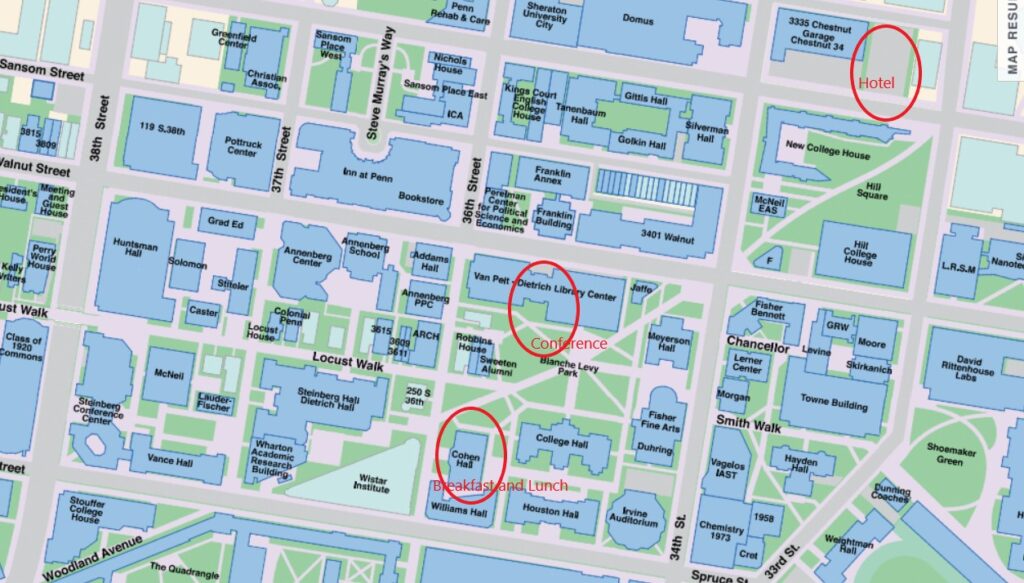| Date: | May 27-28, 2022 |
| Location: | Class of 1954 Teaching Seminar Room at Van Pelt Library., University of Pennsylvania |
| Organizer: | Jennifer M. Morton |
| Travel Arrangements Contact: | Natasha Chlebuch |
This conference is made possible by the University Research Foundation and School of Arts and Sciences.
Framing Statement
Discussions of inequality in higher education tend to focus on access, affordability, and to a lesser extent completion. These three aspects of inequality are no doubt important. Too often, accidents of birth, such as whether students’ parents went to college or the zip code in which they grew up, determine access to higher education. This reflects and compounds injustices that pervade education from preschool to high school. However, there is another crucial kind of inequality that too often gets ignored in discussions of justice in higher education—the massive disparities in resources between institutions
A tiny number of higher education institutions have amassed a gargantuan share of resources in the form of massive endowments, grants, and real estate holdings. According to a report by the Education Trust, as of 2013, 3.6% of all colleges and universities hold 75% of all postsecondary endowment wealth.These institutions educate a fraction of all college students and even fewer low-income students. At the same time, many public colleges and universities have seen state appropriations per student decrease as enrollments have increased. John Bound and colleagues make the case that the decrease in completion rates is at least partly explained by a decline in spending on students. They find that since the 1970s, student-to-teacher ratios increased in non-top public and two-year institutions (by 14% in non-top publics and by 40% in community colleges), while they decreased in highly selective, private institutions.
This disparity in resources, unfortunately, tracks the student populations these institutions serve. According to the National Center for Education Statistics, students from low-income backgrounds are much less likely to go to college than their better-off counterparts. For example, 60% of higher-income students earn a bachelor’s degree compared to just 14% of lower-income students. When low-income students do pursue higher education they are much more likely to pursue an associate degree. As is often the case in the United States, these disparities are also seen in the numbers of Latinx and Black students going to college and the kinds of institutions they attend. Well-resourced universities serve a disproportionate number of students from wealthier families; these institutions also tend to have higher graduation rates and expenditures per student. Community colleges and less-selective public colleges, on the other hand, mainly serve students from lower-income families; these institutions, which are typically under-resourced, tend to have lower graduation rates and expenditures per student. So, students from less affluent backgrounds and minority students are less likely to attend college. If they do attend, they attend less selective, under-resourced institutions, which affects their educational attainment.
This conference aims to bring together researchers in higher education across the disciplines to discuss the importance of this kind of inequality for students, our society, and our institutions. For example, should institutions of higher education with large endowments be taxed? Should they share their resources will less well-resourced institutions? What are their obligations to their students, their communities, and to other institutions of higher education? Should we make it easier for students to transfer from community colleges into better resourced institutions? What are the effects of institutional inequality on student success and access, our communities, and the role of higher education in our society?
Due to the recent surge in cases in our area and to protect vulnerable members of our community, please wear a high quality mask during the conference. Meals will be held outside when possible.
Map


Schedule